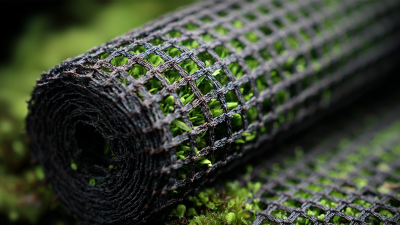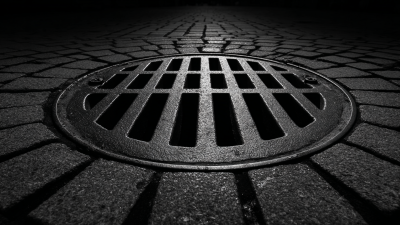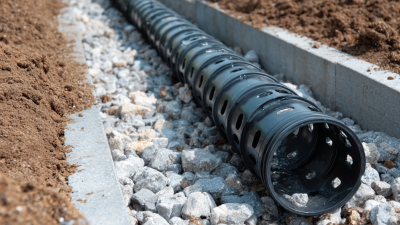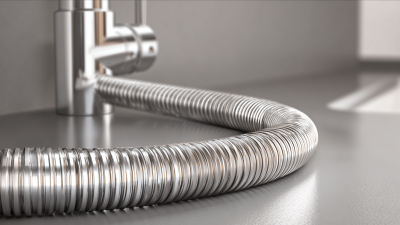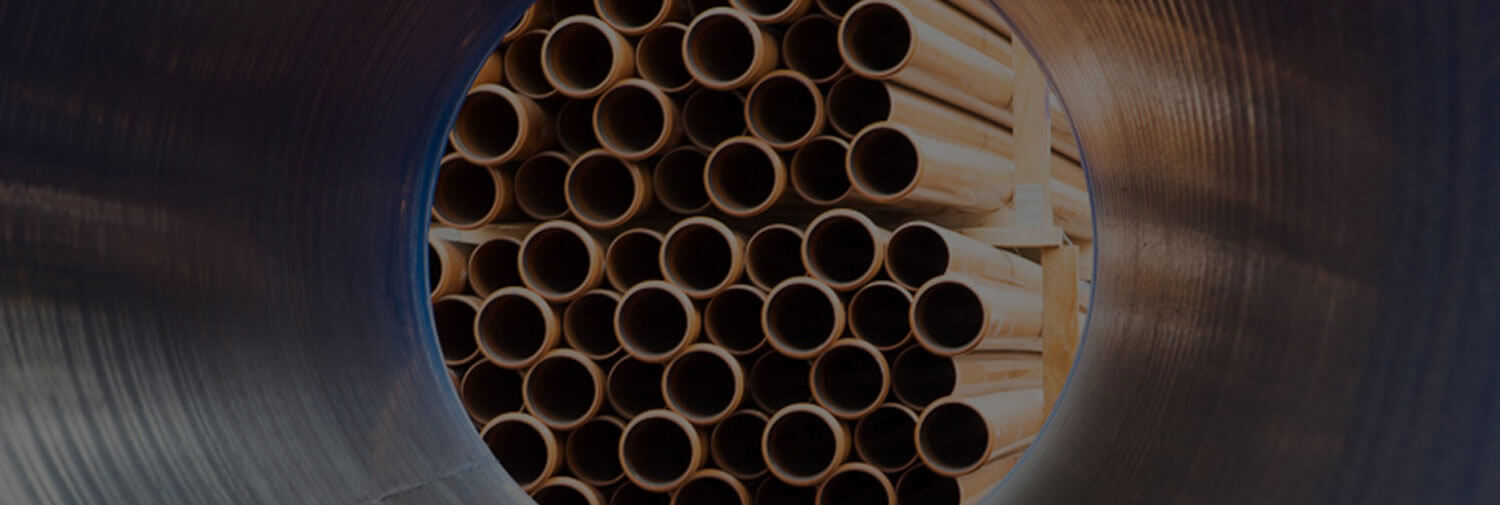

In the realm of sustainable water management, the significance of underground drainage pipe systems cannot be overstated. These systems play a pivotal role in effectively managing excess water, minimizing flooding risks, and maintaining the ecological balance within urban and rural settings. According to Dr. Emily Harrison, a renowned expert in civil engineering and water management, "Efficient underground drainage pipe systems are fundamental for protecting our waterways and promoting sustainable development." Her insights underline the critical nature of these systems in safeguarding our environment while meeting the demands of modern infrastructure.
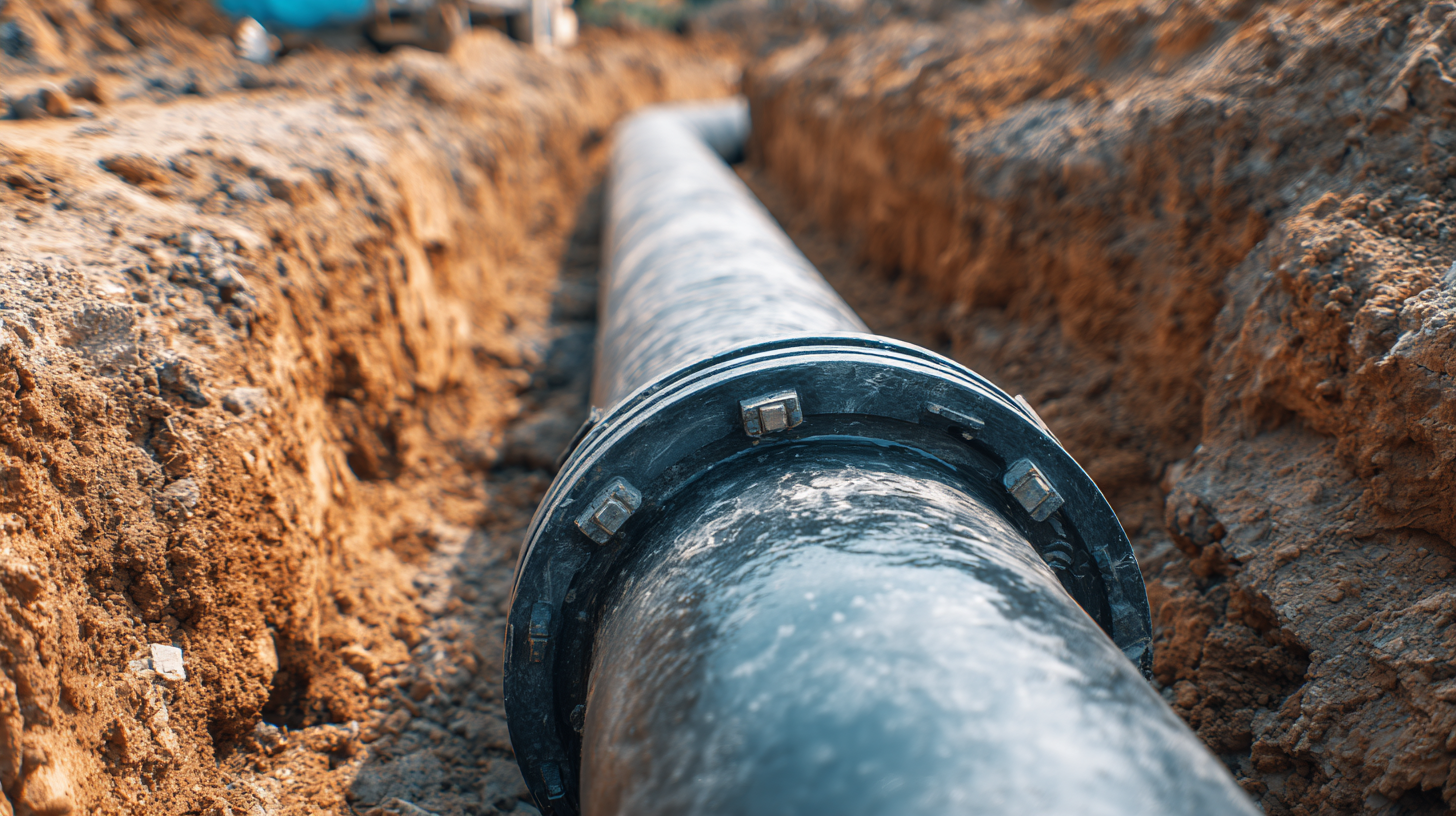
The integration of advanced underground drainage pipe solutions has become increasingly important in urban planning and agricultural management. As cities expand and climate variability intensifies, designers and engineers are tasked with implementing systems that not only enhance drainage efficiency but also contribute to the overall sustainability of water resources. By utilizing innovative materials and cutting-edge technology, modern underground drainage pipe systems can offer greater resilience against heavy rainfall and ensure the longevity of urban landscapes.
In conclusion, understanding the importance of underground drainage pipe systems is essential for fostering a sustainable future. As we navigate the challenges posed by environmental changes, embracing such infrastructure will be vital in creating adaptable and resilient communities. The insights provided by industry experts like Dr. Harrison remind us that effective water management strategies are key to protecting our environment for generations to come.
Underground drainage pipe systems play a crucial role in managing efficient water flow, particularly in urban areas where water saturation can lead to flooding and infrastructure damage. These systems help direct excess rainwater away from streets and buildings, minimizing the risk of water pooling and erosion. With a growing emphasis on sustainable water management, the demand for durable and effective piping solutions continues to rise, particularly in the PVC pipe market. Various types such as PVC Schedule 40, Schedule 80, and DWV PVC pipes cater to specific drainage needs, further enhancing the effectiveness of these systems.
Tips: When selecting a drainage pipe, consider the local climate and soil conditions to ensure optimal performance. It's also beneficial to periodically inspect your underground drainage systems to prevent blockages and maintain efficient water flow.
Additionally, the PVC pipe market is projected to experience significant growth due to its lightweight, corrosion-resistant properties, and affordability. This aligns with the increasing focus on sustainable practices within the construction and telecommunications industries, showcasing a substantial shift towards utilizing high-quality materials that support both efficiency and environmental responsibility.
The implementation of sustainable drainage solutions, particularly underground drainage pipe systems, plays a crucial role in effective water management. According to the Environmental Protection Agency (EPA), stormwater runoff accounts for over 70% of all surface water pollution in urban areas. By employing sustainable drainage practices, we can significantly reduce this issue, promoting cleaner water and healthier ecosystems. These systems are designed to mitigate flooding and improve water quality by managing the volume and quality of stormwater at its source.
One of the key benefits of underground drainage systems is their ability to enhance groundwater recharge. The Centre for Sustainable Water Management reports that these systems can increase groundwater levels by 20-30%, which is vital for maintaining local water supplies during dry spells. Additionally, adopting sustainable drainage solutions can lead to cost savings in the long run. The cost of implementing such systems can be offset by reductions in flooding damages and improvements in water quality that decrease treatment costs. Implementing innovative drainage approaches not only helps in achieving environmental compliance but also fosters community resilience against climate change impacts.
Designing effective underground drainage systems presents several challenges that engineers and urban planners must navigate. One significant challenge is the variability of soil conditions across different regions. Soil type, composition, and permeability directly affect how water drains, requiring customized solutions for each site. Engineers must conduct thorough geotechnical investigations to understand local soil behavior and adapt their designs accordingly, which can be both time-consuming and costly.
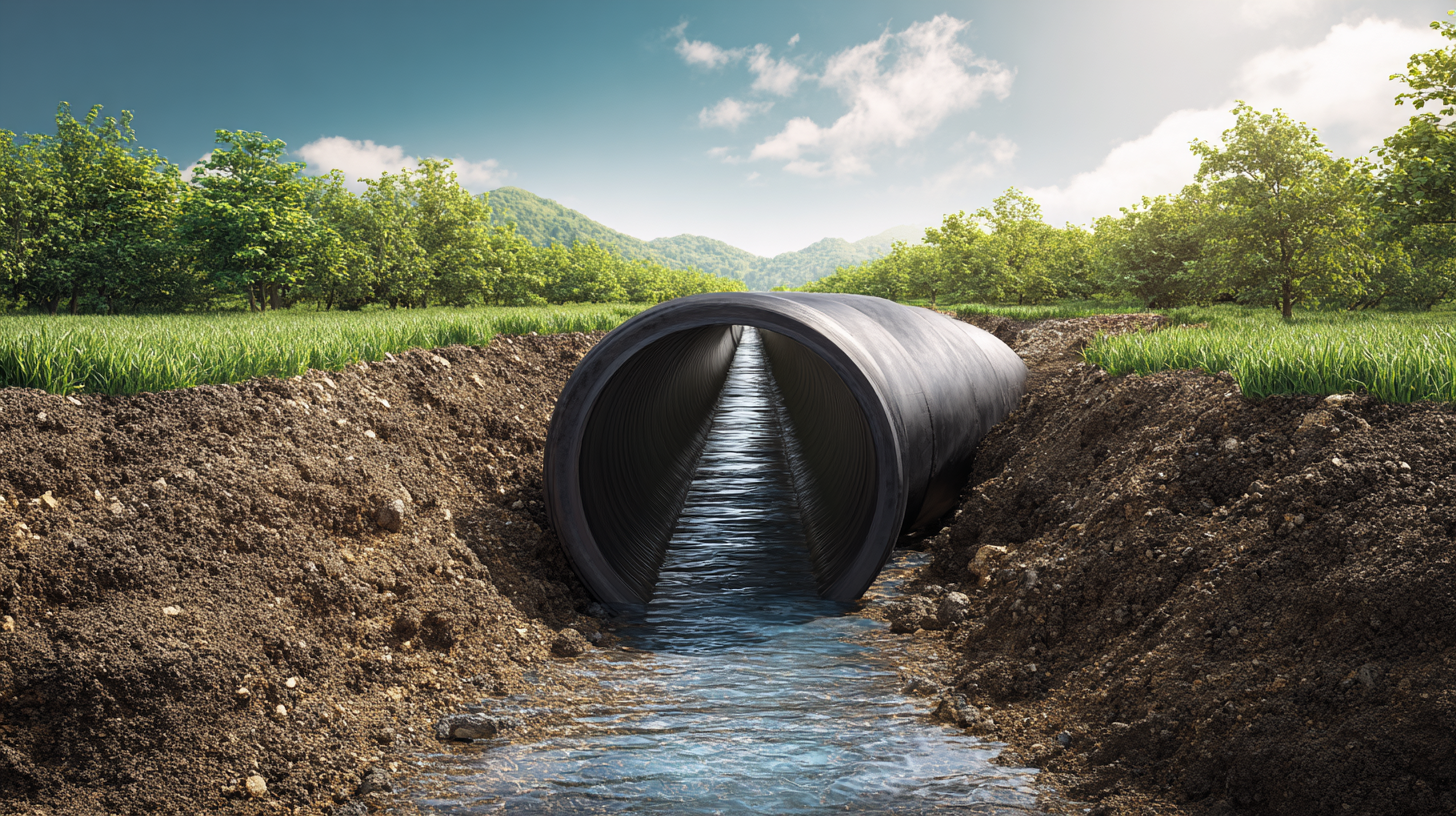
Another critical issue is ensuring that the drainage system can accommodate extreme weather events. With climate change leading to unpredictable rainfall patterns, systems must not only manage regular runoff but also withstand heavy storms without flooding. This necessitates a careful balance between pipe sizing, layout, and the integration of overflow solutions. Furthermore, maintenance considerations are crucial; systems must be designed for easy access and cleaning to prevent blockages and ensure long-term functionality. Addressing these challenges requires innovative engineering solutions and a commitment to sustainable practices in urban water management.
Innovative materials and technologies are revolutionizing the construction of underground drainage pipe systems, enhancing their efficiency and sustainability. Traditional drainage systems often relied on concrete and metal pipes, which, although durable, come with significant drawbacks such as susceptibility to corrosion and heavy weight. The emergence of advanced polymers and composite materials offers a more resilient and lightweight option, capable of withstanding harsh environmental conditions while reducing the overall carbon footprint during production and installation.
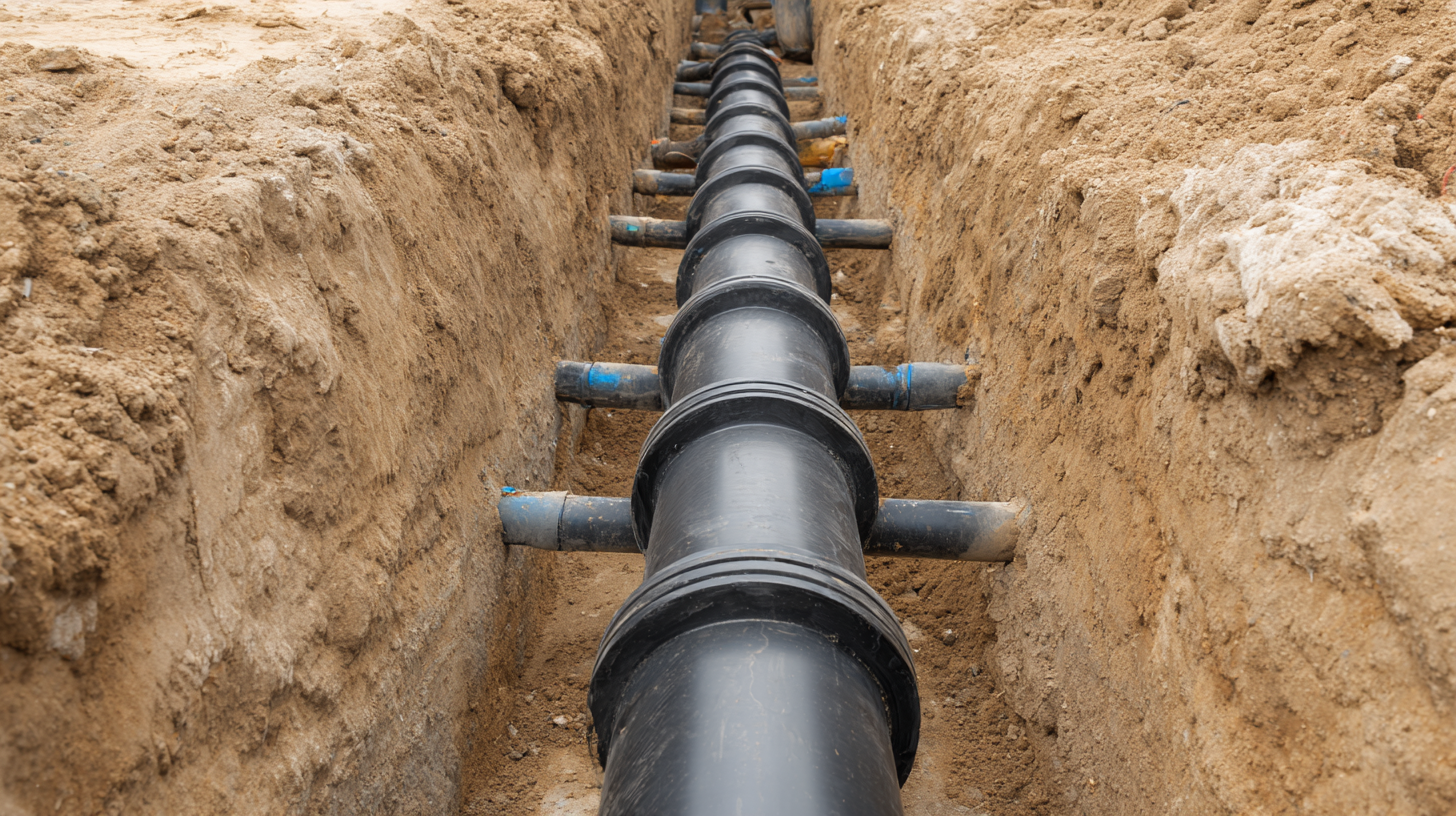
Furthermore, the integration of smart technologies into drainage systems is paving the way for proactive water management. Sensors embedded within the pipes can monitor flow rates and detect blockages in real-time, allowing for prompt maintenance actions to prevent failures. Additionally, bio-based coatings applied to the internal surfaces of pipes can inhibit the growth of microorganisms, thus extending the longevity and functionality of the system. These innovative approaches not only enhance the performance of drainage solutions but also align with environmental sustainability goals by minimizing resource consumption and improving water quality management.
The integration of underground drainage pipe systems is crucial for sustainable water management in rapidly urbanizing areas. As cities grow, they face increasing challenges related to water management, including flooding, water quality issues, and increased runoff. Successful applications of these systems in various urban environments demonstrate their effectiveness in alleviating "urban diseases." These case studies highlight innovative solutions that cities have implemented to harness underground drainage for better stormwater management, protecting infrastructure, and enhancing urban resilience.
For instance, several smart cities have adopted advanced drainage designs that incorporate AI technologies to predict and manage water flow more efficiently. These initiatives not only address current drainage issues but also pave the way for a digitized future in urban planning.
The results of these smart applications in urban contexts reveal significant improvements in city sustainability. By learning from these successful implementations, other cities facing similar challenges can explore the potential of underground drainage pipe systems to improve their water management strategies, ensuring a sustainable urban future.
